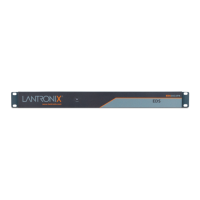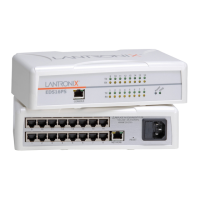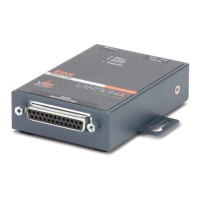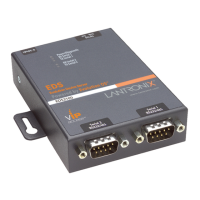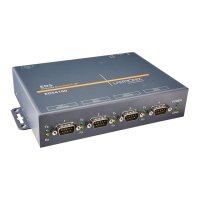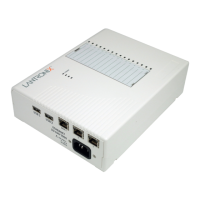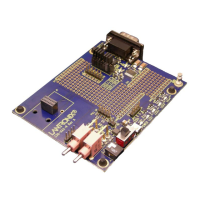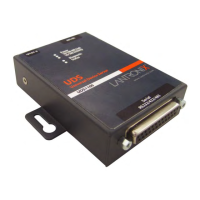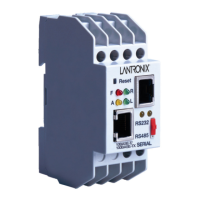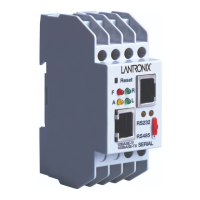2: Introduction
EDS Device Servers User Guide 16
Comprehensive troubleshooting tools
Web-Based Configuration and Troubleshooting
Built upon popular Internet-based standards, the EDS enables users to configure,
manage, and troubleshoot efficiently through a simplified browser-based interface that
can be accessed anytime from anywhere. All configuration and troubleshooting options
are launched from a well-organized, multi-page interface. Users can access all
functionality via a Web browser, allowing them flexibility and remote access. As a result,
users can enjoy the twin advantages of decreased downtime (based on the
troubleshooting tools) and the ability to implement configuration changes easily (based
on the configuration tools).
In addition, users can load their own Web pages onto the EDS to facilitate monitoring and
control of their own serial devices that are attached to the EDS.
Command-Line Interface (CLI)
Making the edge-to-enterprise vision a reality, the EDS with the Evolution OS™ uses
industry-standard tools for configuration, communication, and control. For example, the
Evolution OS™ uses a Cisco
®
-like command line interface (CLI) whose syntax is very
similar to that used by data center equipment such as routers and hubs.
SNMP Management
The EDS supports full SNMP management, making it ideal for applications where device
management and monitoring are critical. These features allow networks with SNMP
capabilities to correctly diagnose and monitor EDS device servers.
XML-Based Architecture and Device Control
XML is a fundamental building block for the future growth of M2M networks. The EDS
supports XML-based configuration setup records that makes device configuration
transparent to users and administrators. The XML is easily editable with a standard text
or XML editor.
Really Simple Syndication (RSS)
The EDS supports Really Simple Syndication (RSS), a rapidly emerging technology for
streaming and managing on-line content. RSS feeds all the configuration changes that
occur on the device. The feed is then read (polled) by an RSS aggregator. More powerful
than simple email alerts, RSS uses XML as an underlying Web page transport and adds
intelligence to the networked device while not taxing already overloaded email systems.
Enterprise-Grade Security
Without the need to disable any features or functionality, the Evolution OS™ provides the
EDS the highest level of security possible. This ‘data center grade’ protection ensures
that each device on the M2M network carries the same level of security as traditional IT
networking equipment in the corporate data center.
With built-in SSH and SSL, secure communications can be established between the EDS
serial ports and the remote end device or application. By protecting the privacy of serial
data being transmitted across public networks, users can maintain their existing
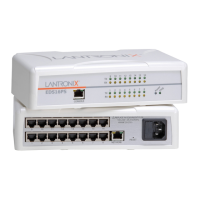
